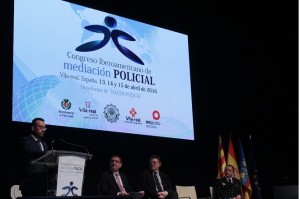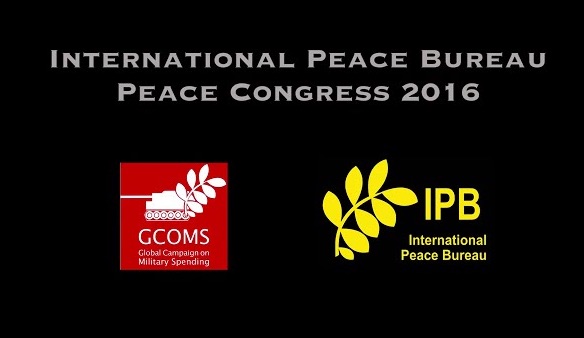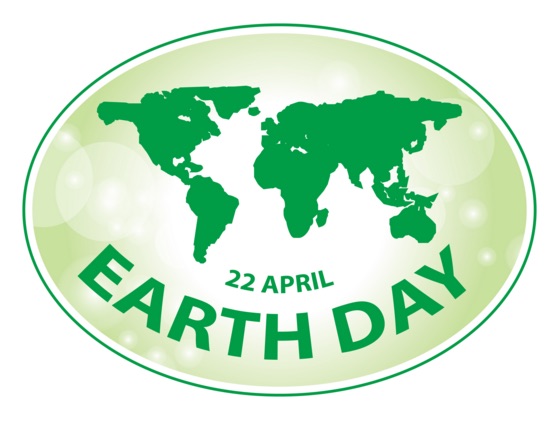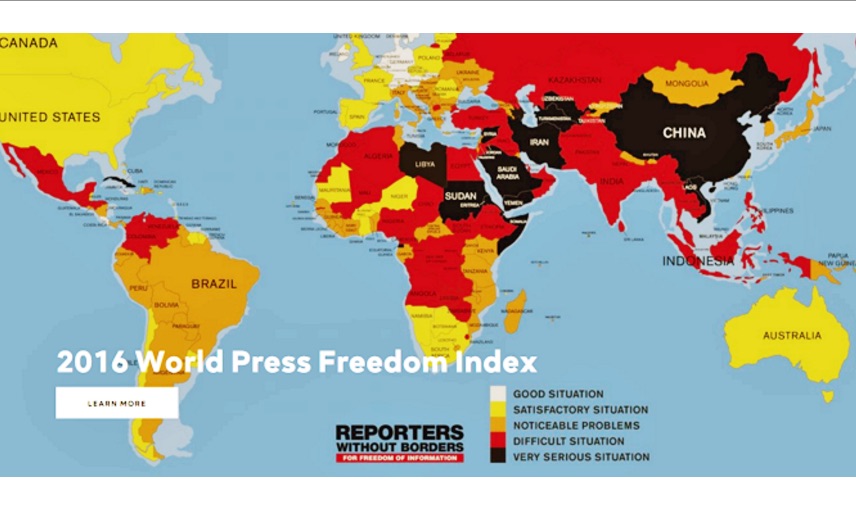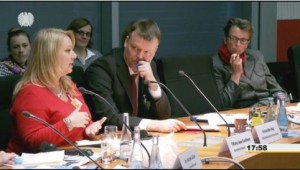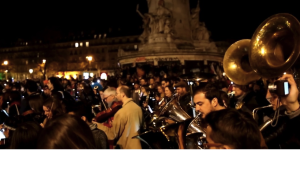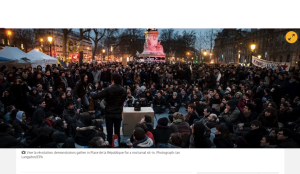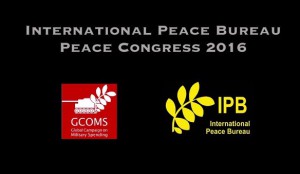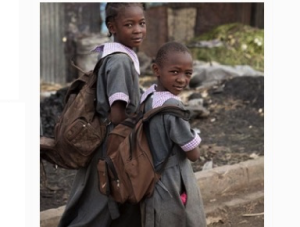La no-violencia está en las noticias actuales estos días. Para empezar, recordemos las palabras del gran estrategita de la no violencia, Martin Luther King, hablando de Mahatma Gandhi: “La resistencia no-violenta no es un método para cobardes; es lo contrario. Si uno usa estos métodos porque tiene miedo o simplemente porque carece de los instrumentos de la violencia, no se es verdaderamente no-violento. Por eso que a menudo Gandhi dijo que si la cobardía es la única alternativa a la violencia, es mejor luchar… la resistencia no violenta no es un método estático de pasividad … Para el resistente no-violento es pasiva en el sentido de que no se es físicamente agresivo con su oponente, pero su mente y emociones están siempre activas, constantemente tratando de persuadir a su oponente de su error. El método es pasivo físicamente, pero espiritualmente muy activo. No es una resistencia pasiva al agravio, es una resistencia activa no-violenta al agravio”.
Tal vez el practicante más activo de este enfoque es ahora sea el Nonviolent Peaceforce. Ellos fueron nombrados recientemente para el Premio Nobel de la Paz en reconocimiento por sus equipos “en el terreno” en varios “puntos calientes” de todo el mundo. Además, esta ONG está activamente tratando de persuadir a las Naciones Unidas y varios gobiernos para que adopten la no-violencia como modelo: “¡Uno de los cambios más dramáticos han tenido lugar cuando el mundo se dará cuenta de que está mal pensando que un hombre armado sólo puede ser derrotada por la fuerza de las armas.”
Todo esto es parte de la estrategia a largo plazo del Nonviolent Peaceforce que recientemente anunció: “Nosotros protegemos a los civiles en los conflictos violentos a través de estrategias sin armas. Nosotros construimos paz junto con las comunidades locales. Y, nos promovemos la adopción más amplia de estos enfoques para la protección de la vida humana y la dignidad”.
Otro principal actor de la no violencia es el Comité Central Menonita, que recientemente presento iniciativas en siete países de cuatro continentes.
Mientras tanto, Pax Christi y otros activistas convocaron recientemente una reunión en el Vaticano para unirse a la Iglesia Católica con el enfoque de la no violencia, pidieron a la iglesia que revierta su apoyo a las “guerras justas”.
También hay que mencionar la Carta de No-violencia que fue firmado por 104 organizaciones de 33 países, así como la nueva iniciativa que mencionamos el mes pasado por ciudades no violentas.
Celebrando el Día de la Tierra este mes, la Campaña de la No-violencia nos recuerda que, para proteger nuestro planeta debemos vivir “sin violencia”, con prácticas como la sostenibilidad, energías renovables, reducir el consumo de carne y apoyar la producción local de alimentos.
Una de las principales tácticas de la no-violencia es la mediación. Recientemente, hemos presentado documentos sobre el entrenamiento de la policía para la mediación, así como otras iniciativas específicas en México y Bolivia.
Estas iniciativas no se presentan en los titulares de los medios de comunicación comerciales, donde se considera más noticiable la violencia, pero a largo plazo, las iniciativas para la no violencia hacen la historia, mientras que la violencia sólo impide la historia.
|
EDUCACIÓN PARA PAZ |
IGUALDAD HOMBRES/MUJERES Bahrain Women Association conducted a workshop on peace |
DESARME Y SEGURIDAD
|
DERECHOS HUMANOS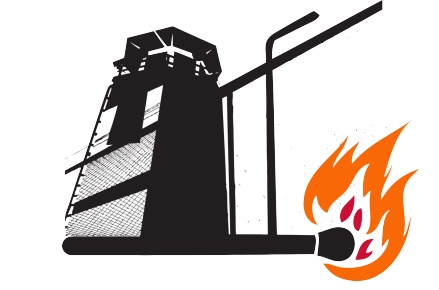 USA: Prisoners in Multiple States Call for Strikes to Protest Forced Labor |
|
TOLERANCIA Y SOLIDARIDAD |
DESAROLLO SUSTENTABLE |
LIBERTAD DE INFORMACIÓN |
PARTICIPACIÓN DEMOCRATICA |
